The landscape of bedroom furniture is undergoing a significant transformation as we embrace the contemporary era, and bed designs are not exempt from this revolution. The fusion of tradition and technology, aesthetic appeal matched with functionality, create an exciting array of options for every type of sleeper. From the unprecedented use of hybrid materials and cutting-edge robotics to advancements in ergonomic design aimed at enhancing comfort, this analysis delves deep into the emerging trends and technological integrations in bed designs. The aim is to bridge the gap between conventional perceptions and groundbreaking innovations, providing the reader with an understanding of the dynamics defining the transformation of our most intimate piece of furniture – the bed.
Emerging Trends in Bed Design
Innovative Shapes in Bed Design
In the sphere of bed design, innovative shapes are emerging as a fresh trend. Designers are breaking away from traditional rectangular frames to explore more creative forms that add aesthetic value to bedrooms. Circular beds, for example, are becoming increasingly popular for their bold, modern appeal. Daybeds which combine a sofa and a bed in one furniture piece are also prevalent for space-conscious homes.
Hybrid Material Beds
Another distinctive trend in modern bed design is the use of hybrid materials. This blend compounds the advantages of different materials, creating beds that are not only stylish but offer improved comfort as well. A popular manifestation of the hybrid material trend is the combination of wood and metal in bed frames. This pairing empowers designers to utilize the strength and durability of metal with the warm aesthetics of wood. Beds with leather or fabric upholstered headboards combined with a metal or wooden base are also quite popular as they combine luxury and comfort.
Space-saving Beds
Space-saving beds are an innovative answer to the increasing demand for functional, minimalist decor in compact living spaces. Murphy beds, which can be folded flat against the wall when not in use, can create a significant amount of open space. Bunk beds and loft beds are also enduring space-savers, especially in shared or small bedrooms. Some designs take this a step further with trundle beds or incorporating storage drawers in the bed frame.
Environment-friendly Bed Designs
As sustainability becomes a key concern for consumers in numerous sectors, environmental considerations are influencing bed design trends as well. Beds crafted from eco-friendly materials, such as reclaimed wood, are appealing to consumers invested in reducing their environmental impact. Also, the shift towards beds crafted from natural materials, like organic cotton or bamboo, is noticeable as these materials are sustainable and healthier alternatives to synthetic varieties.
Ergonomic Bed Designs
Lastl<y, ergonomic designs are making their way into modern bed construction. These designs prioritize the user's bodily comfort, health, and ease of use. Advances in mattress technology now allow personalized firmness levels and adjustable beds, which can be controlled electronically to best suit user preference. Some beds are also being designed with in-built massagers, heating or cooling systems, emphasizing physical comfort and relaxation.
Looking forward, the realm of bed design promises to be an exciting landscape encompassing a complex mix of aesthetics, functionalities, and sustainable considerations. The current and projected trends reinvent the way we perceive these indispensable pieces of furniture. Designers and consumers are influenced equally by aesthetic preferences, the quest for comfort, environmental mandates, and ergonomic aspects as they reimagine the future of beds.
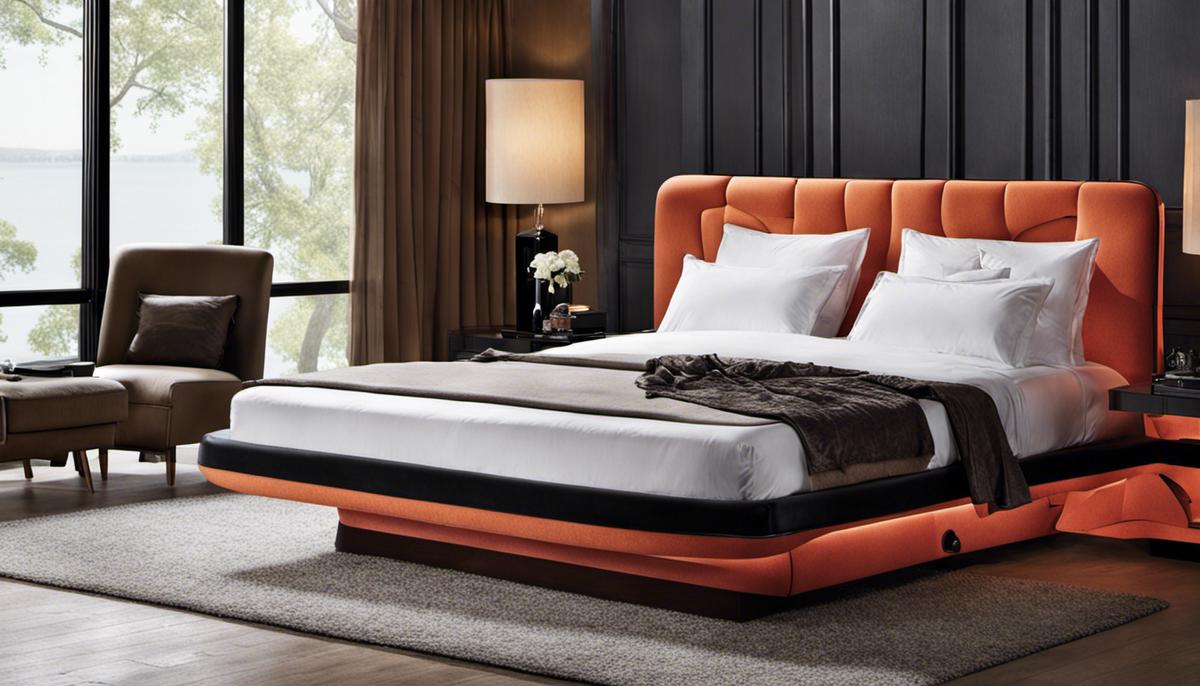
Technological Advancements in Bed Design
Technology in Bed Design: Carving the Pathway to Futuristic Comfort and Convenience
The incorporation of technology into bed design has heralded the era of smart beds. These modern creations proffer an array of features that are all about enhancing comfort and adding convenience to user experience. The innovative application of technology in bed design allows for firmness adjustments, sleep cycle tracking, and even control over temperature settings.
Firmness Control
Firmness can be controlled using mobile apps connected to smart beds. These bed designs allow users to adjust the firmness or softness of their mattress at will, without having any direct physical interaction. Some bed designs can automatically adjust firmness in response to the user’s sleep position. This feature ensures optimal spinal alignment and reduces chances of waking up with body aches.
Sleep Cycle Tracking
Another technological advancement in bed design is the inclusion of sleep tracking features. Through the use of sensors, smart beds can monitor a user’s sleep patterns, including duration, deep sleep and REM cycles. This data can be synced to mobile apps where it can be reviewed. Such insight can significantly aid in improving sleep quality.
Snoring Detection
A step further in sleep tracking is the smart bed’s ability to detect snoring. Some smart beds are designed to gently adjust the sleeper’s position or firmness of the mattress when snoring is detected, aiming to alleviate the condition without waking the individual.
Temperature Control
Beds with built-in temperature control offer another layer of comfort. This involves the mattress having the ability to heat or cool itself, depending on the user’s preference. In one scenario, the bed could warm up on a cold night, saving the user from chilly discomfort. On a warm night, the bed could ensure a cool and comfortable surface to promote peaceful rest.
Built-in Charging Ports and Wireless Charging Features
Built-in charging ports in beds design offer users convenience by saving them from the trouble of reaching for distant wall outlets. Some smart beds go beyond this to include wireless charging platforms in their design, allowing users to power up their devices simply by placing them on the bed’s surface.
App-Controlled Features
Near all the features mentioned above can be controlled easily through mobile applications. From adjusting bed firmness to monitoring sleep, these apps allow you to customize your bed according to your comfort preferences.
Customizable Form and Massage Features
Some smart beds can also adjust their shape to provide ergonomic support to the user’s body. Features such as zero gravity settings that distribute weight evenly, head or foot elevation, or even built-in massage modules add another level of customization and comfort to the user experience. This can be particularly beneficial for people suffering from conditions like sleep apnea or acid reflux.
Thoughts on Conclusion
To conclude, embedding technology into bed designs paves the way for a promising shift towards improving ultimate user comfort and sleep quality. Future advancements will undeniably lead to even more creative bed designs, transforming the simple activity of sleeping into a scientifically enhanced experience.
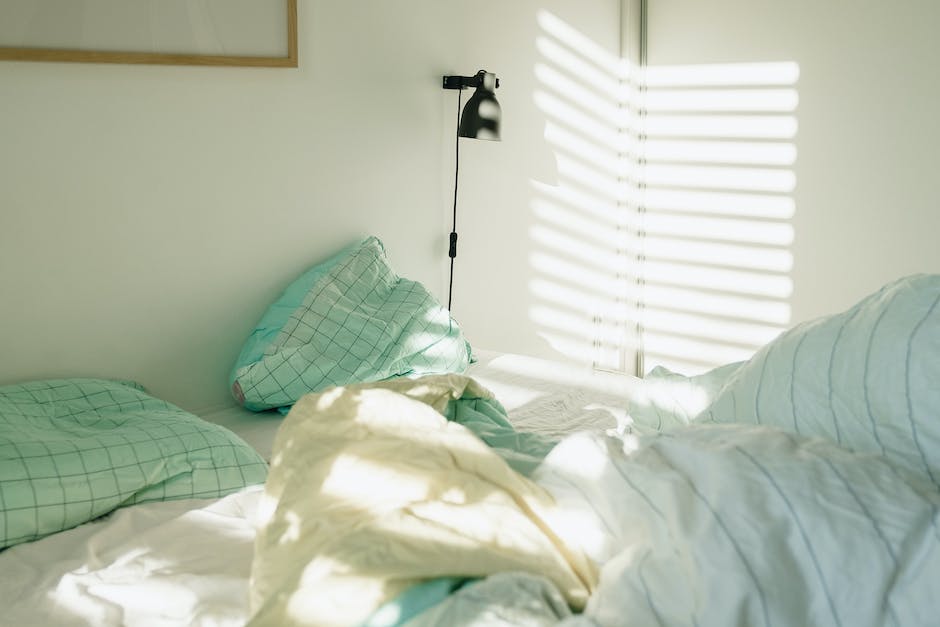
Comparative Analysis of Traditional and New Bed Designs
Traditional Compared to Modern Bed Design: A Comprehensive Perspective
Historically, traditional bed designs have remained prevalent due to their enduring appeal, resiliency, and dependable comfort. They are frequently defined by sturdy wooden frames and remarkable craftsmanship, striving to deliver a cozy and classic aesthetic to any bedroom. Materials traditionally used include solid woods like oak, cherry, or maple, contributing to their exceptional durability but equally reflecting in their higher cost. The level of comfort supplied by these beds is usually reliable, with solid mattress platforms offering persistent support.
Conversely, contemporary bed designs are guided by the ideas of minimalism, adaptability, and optimizing space. These designs make use of cutting-edge materials such as metal, engineered wood, or even acrylic, which makes them a more budget-friendly choice. From suspended beds to those with integrated storage, modern designs introduce a wide array of solutions that address space limitations. As for comfort, these types of beds often incorporate the most recent ergonomic designs and technology, potentially delivering an upgraded sleeping experience.
Aesthetics: Old-fashioned Charm or Cutting-edge Chic?
The aesthetic appeal of each bed style can differ greatly according to personal taste. Traditional beds often exude an air of elegance and grandeur, with intricate detailing and varnished wooden finishes. They are ideal choices for those looking to create a cozy, rustic vibe with a nod to heritage.
In comparison, modern beds are all about crisp lines, neutral colors, and sleek surfaces that complement contemporary interior decor. They offer a fresh, chic look that speaks to those who enjoy an uncluttered, streamlined aesthetic. It’s also common to find modern beds with features like LED lighting, adjustable headrests, or even built-in docking stations, adding a touch of futuristic appeal.
Durability: Time-tested Structure or Innovations in Strength?
While traditional bed designs are often considered more durable due to their high-quality, solid wood construction, modern bed designs aren’t far behind. Many modern beds leverage materials such as metal and tempered glass, engineered for both resilience and style. Additionally, modern beds often feature protection against common issues like moisture damage, bug infestations, or regular wear and tear.
Traditional bed designs, although sturdy, might require routine maintenance to ensure their longevity. Polishing the wooden surfaces, tightening the joinery, or refreshing the upholstery might be necessary over the years to keep these beds in top shape. In contrast, modern designs usually necessitate less maintenance, adding to their appeal for those seeking low-maintenance alternatives.
Cost-Effectiveness: A Balancing Act
When evaluating cost-effectiveness, it’s important to consider initial costs, maintenance costs, and longevity. While traditional beds may have higher upfront costs due to material and craftsmanship quality, their durability often ensures a one-time investment for many families.
Conversely, modern beds, while offering lower initial costs, may require replacement or repair times due to the use of less robust materials. However, their often-modular design allows parts to be replaced individually, potentially saving on total replacement costs.
Crafting the perfect bed: A balance between traditional charm and innovative design
The pathway to choosing between a classic and a contemporary bed design significantly relies on personal necessities and tastes. For some, the robustness, enduring appeal, and well-tested comfort of traditional styles might resonate. In contrast, others might find themselves pulled to the cost-effective, flexible, and trend-setting facets of modern designs. The crux lies in harmonizing the vital factors of cost-effectiveness, aesthetic appeal, durability, and comfort to meet each individual’s unique specifications for the perfect bed design.
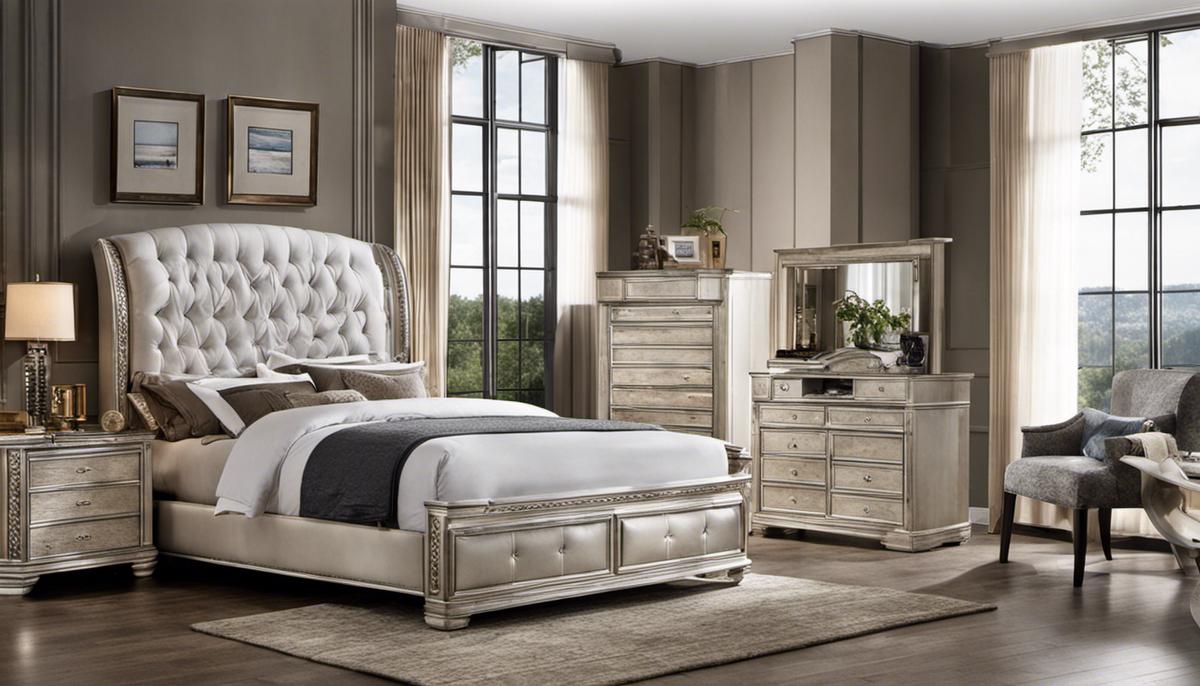
Impacts on Lifestyle and Convenience
The intersection of modern bed designs and sleep quality
At its core, a bed serves as our haven for a comfortable and recharging sleep, and new-age bed designs aspire to enhance this basic function through forward-thinking modifications. The caliber of sleep directly drives our overall health and daily productivity, highlighting sleep quality as a central concern in the innovation of contemporary beds. Recent models, for example, boast adjustable firmness options or incorporate heating and cooling technologies to elevate sleep comfort. There is also an increasing trend towards memory foam mattresses due to their ability to adapt to our body shape, promising personalized support and alleviation of pressure points. In fact, some companies pioneer the concept of smart beds, employing sensors to scrutinize sleep behaviors and suggest ways to improve. Through this ever-evolving feat in bed design, we see a promise of amplified sleep quality and eventually, an improved quality of life.
Space Utilization in Modern Bed Designs
In urbanized societies where living spaces are often limited, bed design has adapted to maximize space usage. Today’s bed designs often include built-in storage compartments, convenient for those with limited closet or drawer space. The Murphy bed, or wall bed, is another popular design, which can be lifted to the vertical position against a wall when not in use, essentially opening up the room for other activities. Loft or bunk beds, traditionally seen in children’s rooms, are also being adopted by adults living in compact apartments to fully utilize vertical space.
Ease of Use and Convenience
Modern bed designs prioritize ease of use and convenience. With adjustable beds, the user can modify the bed’s angle to best suit their needs whether it’s for reading, working on a laptop, or better sleep. There are also beds designed specifically for elderly or mobility-challenged individuals, with features like adjustable height and handrails.
Furthermore, bed designs are now accommodating our gadget-oriented lifestyle. Some beds come with built-in charging ports for electronic devices, while others have integrated speakers or even pull-out desks.
Choosing a New Bed Design: Practical Implications
While trends in bed design are constantly evolving, the fundamental aspect in selecting a bed remains personal comfort and needs. New designs cater to various lifestyle demands, from improving sleep quality to saving space, providing convenience and enhancing comfort. However, potential buyers should also take into consideration their budget, as high-tech beds or specially customized designs might come with a hefty price tag. Moreover, durability and maintenance are key considerations when investing in a new bed. In the end, the practical implications of choosing a new bed design rely heavily on individual lifestyle, needs, health considerations, and personal aesthetics.
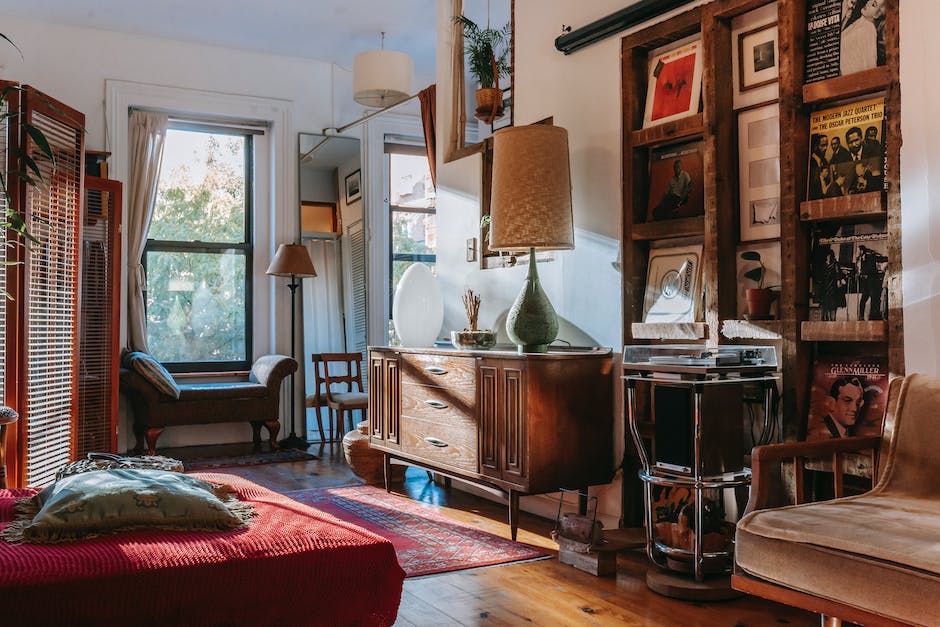
Understanding the innovation and technological prowess weaved into today’s bed designs is crucial for more than just aesthetic and comfort considerations. The potential impacts these designs may have on sleep quality, lifestyle, and convenience can be transformative, shaping not just our bedrooms, but also our daily routines and well-being. Indeed, new bed designs can offer a unique symbiosis of style and functionality, potentially elevating our living spaces and transforming how we rest. As we witness the evolution of bed design, let us keep in mind what these changes mean – not only for our bedrooms, but also for our overall life quality.

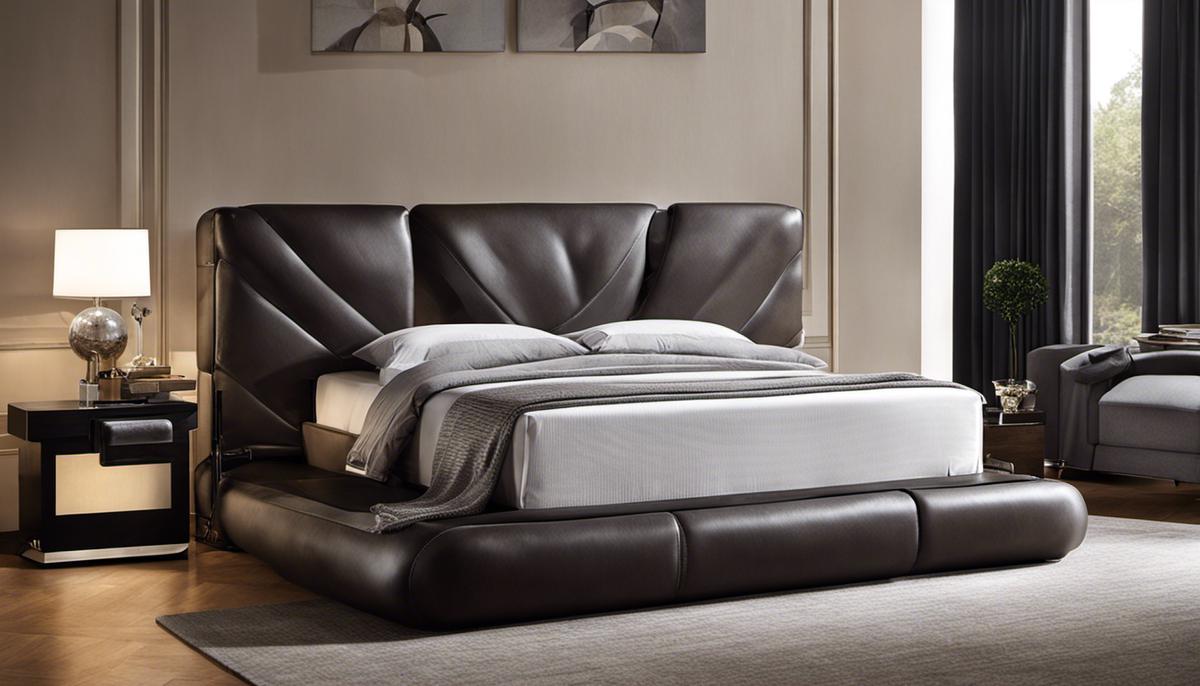
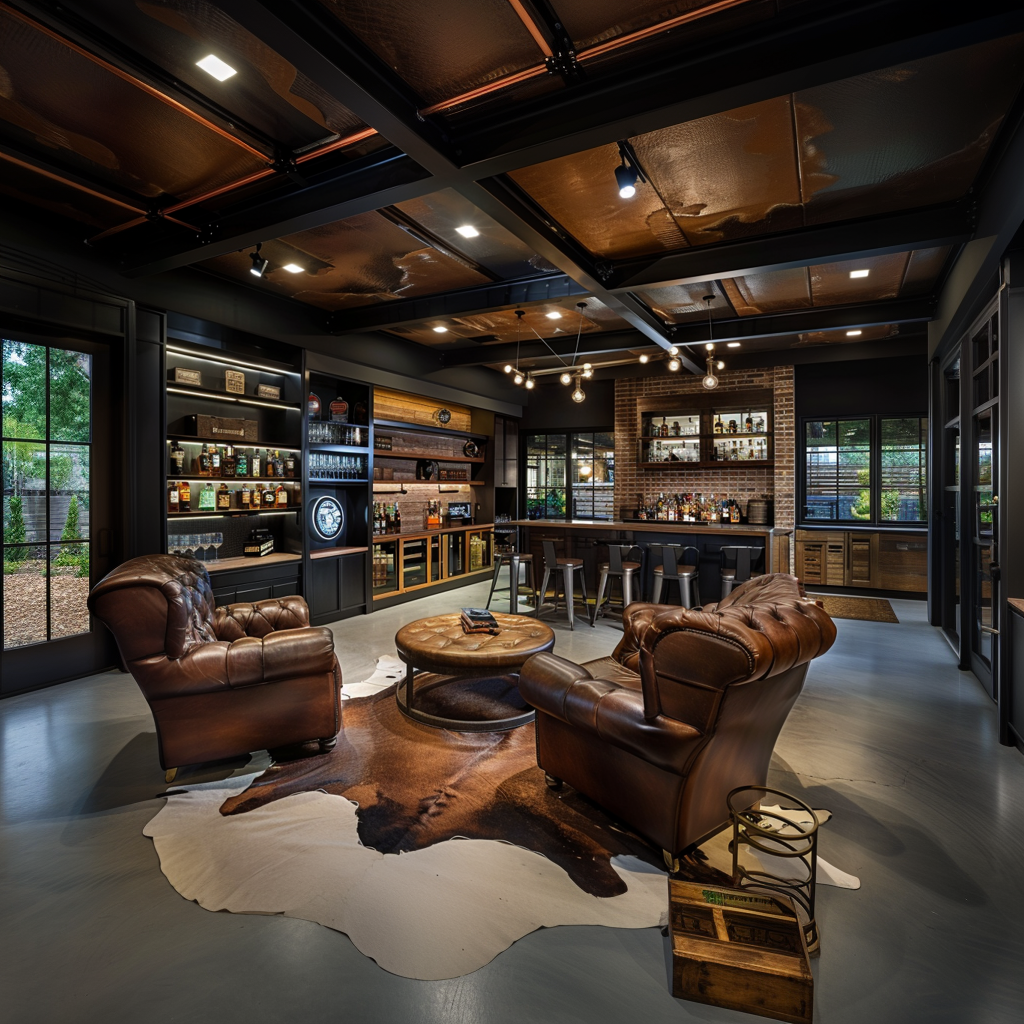
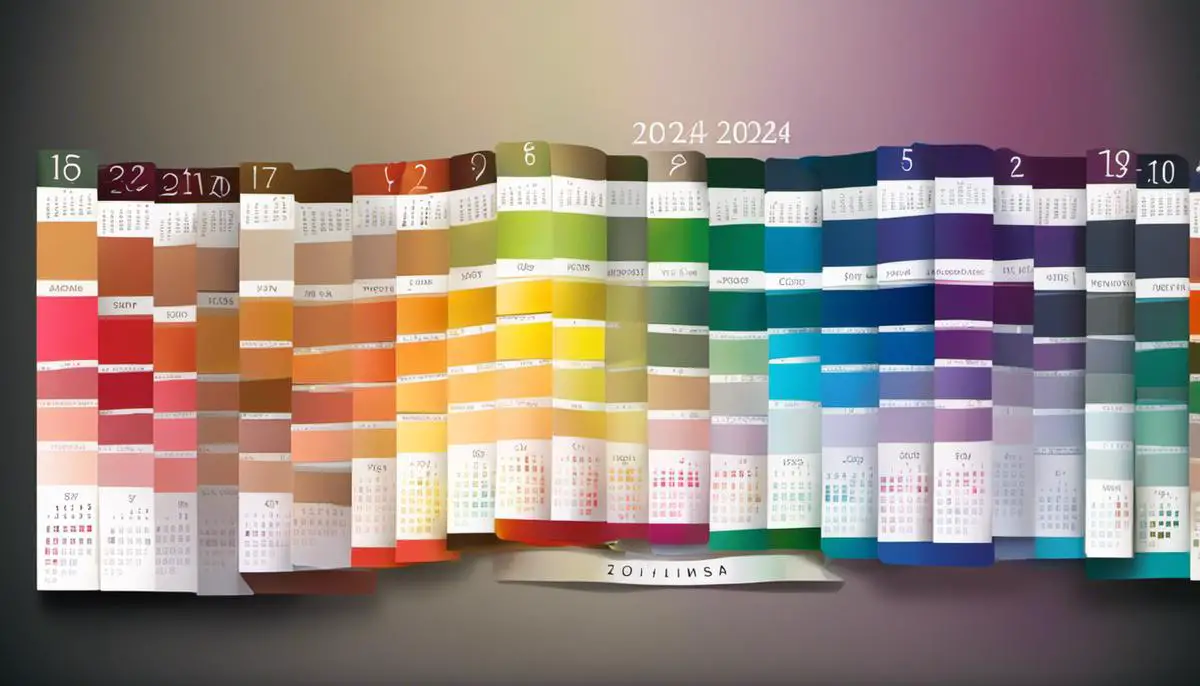

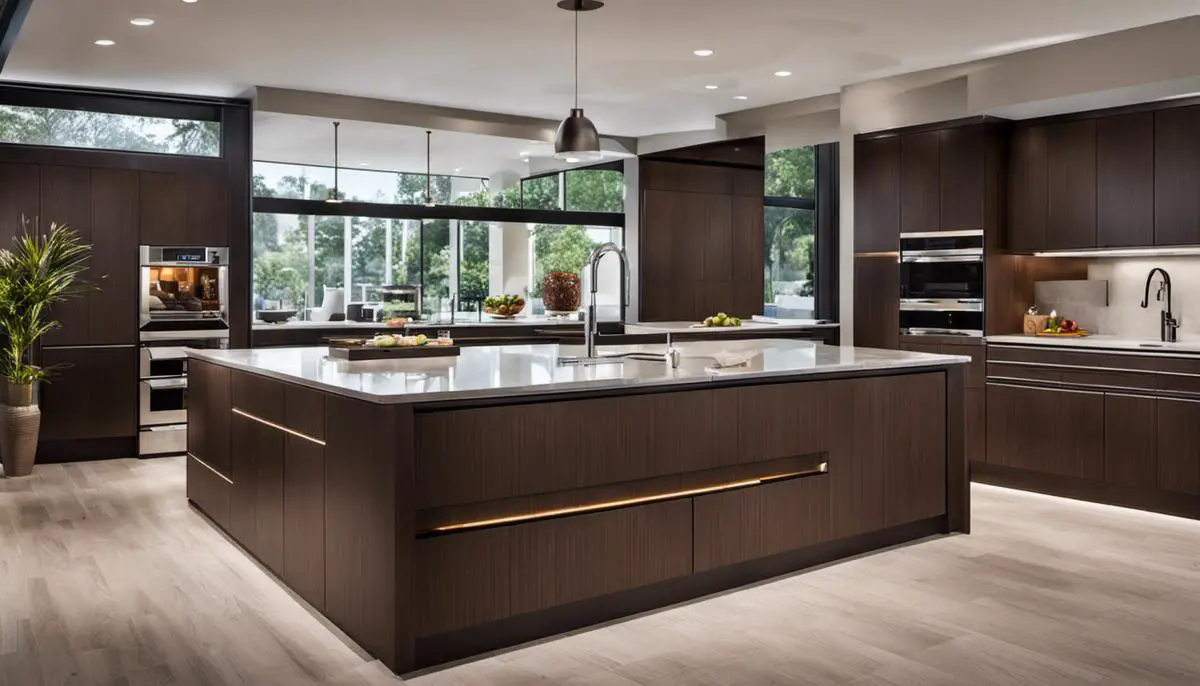
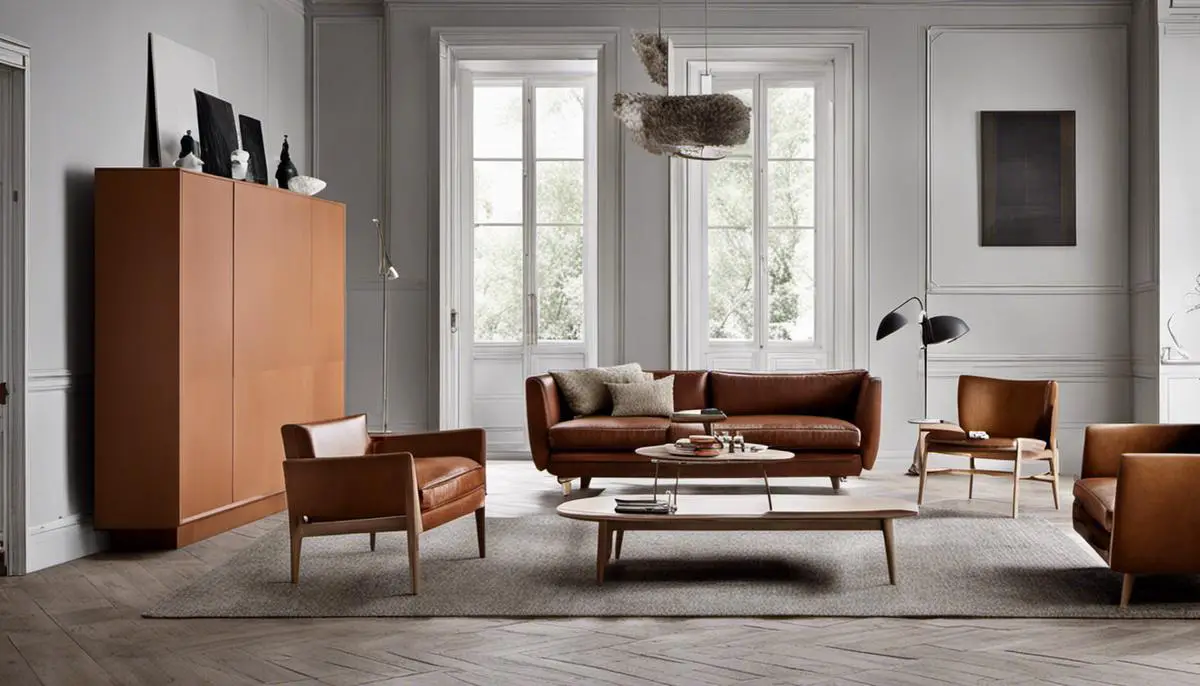


Leave a Reply